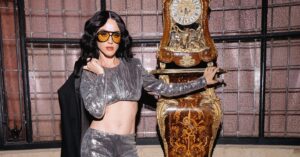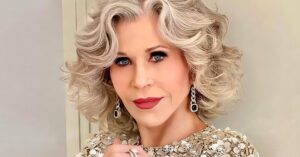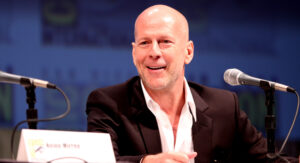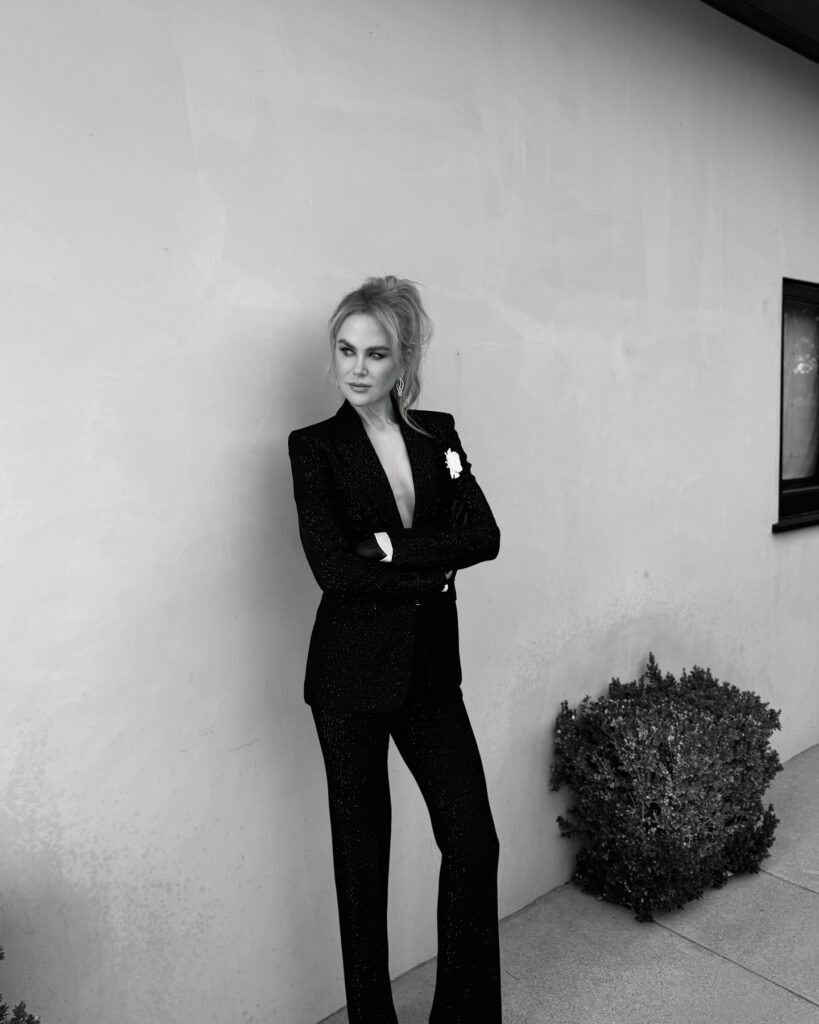
Nicole Kidman’s love life has fascinated fans for decades.
Her relationships mirror the evolution of a globally celebrated actor who has navigated fame, heartbreak, reinvention, and lasting commitment.
This deep dive explores Nicole Kidman’s relationship history from early romance to superstar marriages, blending verified highlights with thoughtful context and cultural impact.
It’s designed to be SEO-friendly, accessible, and engaging for readers who love film, celebrity stories, and the timeless allure of Hollywood romance.
Early Life and First Spark: Before Global Fame
Before Nicole Kidman became an internationally recognized star, her personal life unfolded away from the relentless spotlight.
Growing up in Australia after early years in the United States, she trained as a performer with remarkable focus and poise.
These early years shaped how she approached relationships later: grounded, private, and thoughtful despite increasing fame.
Her early romances were not widely publicized, and that relative quiet likely helped her maintain a sense of self before celebrity pressures intensified.
By the late 1980s, her work began to attract global attention, setting the stage for the relationship that would define her first major chapter in the public eye.
The Tom Cruise Era: Love, Stardom, and Intense Scrutiny
Nicole Kidman met Tom Cruise on the set of the 1990 film Days of Thunder, and their chemistry became both a professional and personal turning point.
They married in 1990, forming one of Hollywood’s most iconic power couples of the 1990s.
Their union coincided with a rise in ambitious film projects, from Far and Away to Eyes Wide Shut, with the pair becoming synonymous with star power and intrigue.
Public fascination grew as the couple adopted two children, Isabella and Connor, amplifying their image as a seemingly perfect Hollywood family.
The blend of cinematic mystique and media attention created a narrative that was as glamorous as it was relentless.
Over time, the couple’s marriage was tested by competing schedules, press speculation, and private pressures that only later came into clearer focus.
Their separation was announced in 2001, and the divorce was finalized soon after, marking a profound personal shift for Kidman.
That period brought emotional turbulence, but it also marked the beginning of a new phase in her artistic life and personal autonomy.
Kidman later spoke openly about the difficulties of divorce and how it shaped her strength and perspective.
It was a turning point that led to reinvention and a deeper clarity about what she wanted in love and life.
For readers interested in timeline context, explore her award-season transformation during the early 2000s at The Academy’s site.
For film history from this era, you can also browse curated retrospectives at Turner Classic Movies.
Rebuilding and Renewal: Career Triumphs and Quiet Relationships
After her divorce, Nicole Kidman’s career entered a new creative high.
She embraced complex, daring roles, including her celebrated performance in The Hours, which earned her the Academy Award for Best Actress.
This era was less about public romance and more about self-definition, craft, and internal strength.
Kidman kept her personal life private, focusing on meaningful connections and supportive friendships.
Her approach to intimacy increasingly emphasized stability and emotional intelligence.
The media speculated about possible relationships, but Kidman avoided spectacle, allowing work and wellness to lead her forward.
This reset helped her later cultivate a partnership structured on trust and shared values.
It was a necessary pause between two very different versions of her life.
To explore her filmography and accolades from this period, check her profile on IMDb.
For a sense of the industry’s changing landscape, the archives at Variety add valuable context.
Finding Lasting Love: Nicole Kidman and Keith Urban
Nicole Kidman met Keith Urban, the Australian country music star, at a gathering for Australians in the arts in 2005.
Their connection was immediate, heartfelt, and rooted in shared culture and values.
They married in June 2006 in Sydney’s North Shore, in a ceremony that blended elegance with intimacy.
This partnership has become the steady center of Kidman’s personal life for nearly two decades.
Together, they’ve built a family while nurturing individual careers at the highest levels.
Keith Urban has spoken openly about Kidman’s support during challenging times, including his early struggles with addiction recovery.
Their relationship emphasizes communication, compassion, and a commitment to growth.
It’s a portrait of partnership that isn’t performative, but purposeful.
They share two daughters, Sunday and Faith, and often appear together at major cultural events.
Despite fame, their family keeps a sense of warmth and normalcy at home.
For fans of Keith Urban’s music evolution, explore curated playlists and interviews on Apple Music or Spotify.
For lifestyle and family interviews, check profiles archived at Vanity Fair.
How Public Image Shaped Private Choices
Nicole Kidman’s relationships exist within an ecosystem of fame, film, and media cycles.
The more intense the spotlight, the more intentional she became about privacy.
This helped her foster healthier boundaries in later relationships.
Her press appearances demonstrate a thoughtful balance: she acknowledges curiosity without oversharing.
This strategy protects her family, especially her children, while sustaining a healthy public career.
She has discussed the emotional complexities of fame: the noise, the judgments, and the constant narrative-building around her life.
By reframing the story as one of growth and resilience, Kidman guided the media to focus on her work.
That shift helped redefine her not just as a star, but as a modern artist with autonomy.
It also suggests why her partnership with Keith Urban resonates: it thrives away from spectacle.
The couple’s public moments are heartfelt, not performative.
For insights into media literacy and celebrity culture, visit the resources at Poynter.
For broader pop culture analysis, the archives at The Atlantic offer thoughtful essays.
Co‑Parenting, Family, and Evolving Motherhood
A defining thread in Nicole Kidman’s life is motherhood.
Her family comes first, even when schedules are demanding.
With Isabella and Connor, whom she adopted with Tom Cruise, Kidman has embraced a nuanced, private approach.
She’s kept public commentary respectful, prioritizing her children’s autonomy and privacy.
That choice has encouraged healthier personal boundaries across the board.
With Keith Urban, Kidman has celebrated family life through candid moments and selective, intentional sharing.
Photos, anecdotes, and red-carpet appearances highlight tenderness without exposure.
The balance reflects a conscious philosophy: love is real, but publicity isn’t required.
Kidman’s openness about fertility and motherhood has resonated with many women.
Her candor encourages honest conversations about family-building at different life stages.
For parenting resources that mirror this thoughtful privacy, see guides from Child Mind Institute.
For women’s health topics, explore trusted information via Mayo Clinic.
Lessons From Heartbreak and Healing
Kidman’s relationship history is also a narrative of emotional intelligence.
She has spoken about healing after heartbreak, emphasizing time, community, and introspection.
Her journey suggests that resilience isn’t about avoidance, but about curiosity and growth.
She leans on creativity as therapy, channeling feelings into powerful performances.
This synergy between personal and artistic life has become a signature of her career.
One of the most compelling aspects of Kidman’s story is how she reframed vulnerability as strength.
Rather than conceal pain, she learned from it and made it part of her artistic voice.
That approach carries into her marriage, where communication shows up as a daily practice.
Her long-term partnership with Keith Urban appears anchored by these deeper skills.
Fans recognize the difference between a headline and a life built in layers.
For mental health perspectives on resilience, consult evidence-based insights at NIMH.
For creative recovery and expressive arts, explore programs at The Creative Independent.
Public Moments That Defined Private Realities
Certain public moments stand out as symbolic checkpoints in Kidman’s relationship timeline.
The early-2000s awards season, following her divorce, signaled artistic independence.
Her wedding to Keith Urban represented a fresh start grounded in Australian roots.
Joint appearances at major music and film events reinforced mutual support.
Interviews about family life showed intentional boundaries and emotional clarity.
Over time, the public learned to read Kidman’s signals.
She celebrates milestones with grace, but on her own terms.
The emphasis remains on work, wellness, and family.
She respects the power of silence as much as the value of speaking.
That quiet confidence has become part of her enduring appeal.
For red-carpet histories and curated galleries, browse Getty Images Editorial.
For awards timelines and context, see BAFTA.
Relationship Themes: Patterns, Values, and Growth
Across three decades, patterns emerge in Kidman’s approach to love.
She values commitment and depth over spectacle.
She is willing to grow, heal, and begin again.
She prioritizes family and guards privacy when needed.
She uses her platform to champion empathy and artistry.
From a career standpoint, her relationships have sometimes intersected with her creative choices.
Collaborations with former partners were intense and memorable, but not definitive.
Her independent projects prove her talent stands on its own.
The balance between personal and professional is deliberate, not accidental.
Her choices reflect long-term thinking rather than short-term buzz.
For a full list of her roles across decades, explore film databases like Letterboxd.
For industry analysis of star careers and brand evolution, see The Hollywood Reporter.
Media Narratives vs. Real Life
Celebrity relationships are often cast as fairy tales or scandals.
Kidman’s story resists both extremes.
The nuance matters: relationships evolve, people change, and public stories rarely capture the whole truth.
This is doubly true in the era of social media, where narratives spread faster than facts.
Kidman’s restraint serves as a reminder that privacy can coexist with openness.
The headlines may focus on sensational angles, but the throughline is steadiness.
She emphasizes love’s daily work rather than romance’s fleeting sparks.
In doing so, she models a modern version of partnership that feels human.
It isn’t about perfection; it’s about presence.
That realism may be the most compelling part of her relationship history.
For media studies and digital culture, explore resources at MIT OpenCourseWare.
For research on parasocial relationships and fandom, see SAGE Journals.
Where She Is Now: Enduring Partnership and Purpose
Today, Nicole Kidman is widely seen as an artist at the peak of her powers and a partner in a grounded, enduring marriage.
Her relationship with Keith Urban serves as a steady anchor amid constant professional travel and creative challenge.
The couple celebrates milestones privately, surfacing in public to honor each other’s successes.
Kidman’s work continues to stretch across film, prestige television, and producing.
She has become a mentor figure in the industry, modeling longevity and grace.
Fans witness a life shaped by courage, curiosity, and care.
This is not a story frozen in the past, but one that grows with each year.
It recognizes that love is not merely an event; it’s a practice.
The Kidman-Urban era highlights mutual respect, shared humor, and emotional fluency.
It’s no wonder this chapter feels both romantic and real.
For updates on Kidman’s current projects, check official announcements via Deadline.
For touring and music news related to Urban, see Pollstar.
Quick Relationship Timeline: Highlights at a Glance
- Early Career: Private romances in Australia, low media coverage, formative years in acting schools and theatre.
- 1990–2001: Marriage to Tom Cruise, two adoptions, intense media attention, high-profile collaborations.
- 2002–2005: Post-divorce reflection and career reinvention, award-winning roles, deliberate privacy.
- 2005–present: Relationship and marriage with Keith Urban, two daughters, loving and stable partnership.
- Ongoing: Emphasis on family, artistic exploration, and healthy boundaries around privacy.
For broader timelines of film and music, explore interactive tools at TimelineJS.
For arts philanthropy initiatives Kidman has supported, visit UNICEF.
Cultural Impact: Why Her Relationships Resonate
Nicole Kidman’s relationships resonate because they reflect adulthood in motion.
They show how love can evolve across life’s changing seasons.
They highlight emotional resilience and the skill of rebuilding.
They model how to carry fame with a light, deliberate touch.
They also reveal that true romance often looks like partnership.
Her story speaks to those who have loved, lost, and loved again.
It holds space for complexity while honoring simple joys.
It proves that a quiet, steady marriage can be more compelling than a headline.
It reminds us that legacy is built in everyday choices.
And it shows that elegance can be a form of strength.
For essays on celebrity, gender, and narrative, browse the culture sections of The Guardian.
For biographical studies and star archetypes, see BFI.
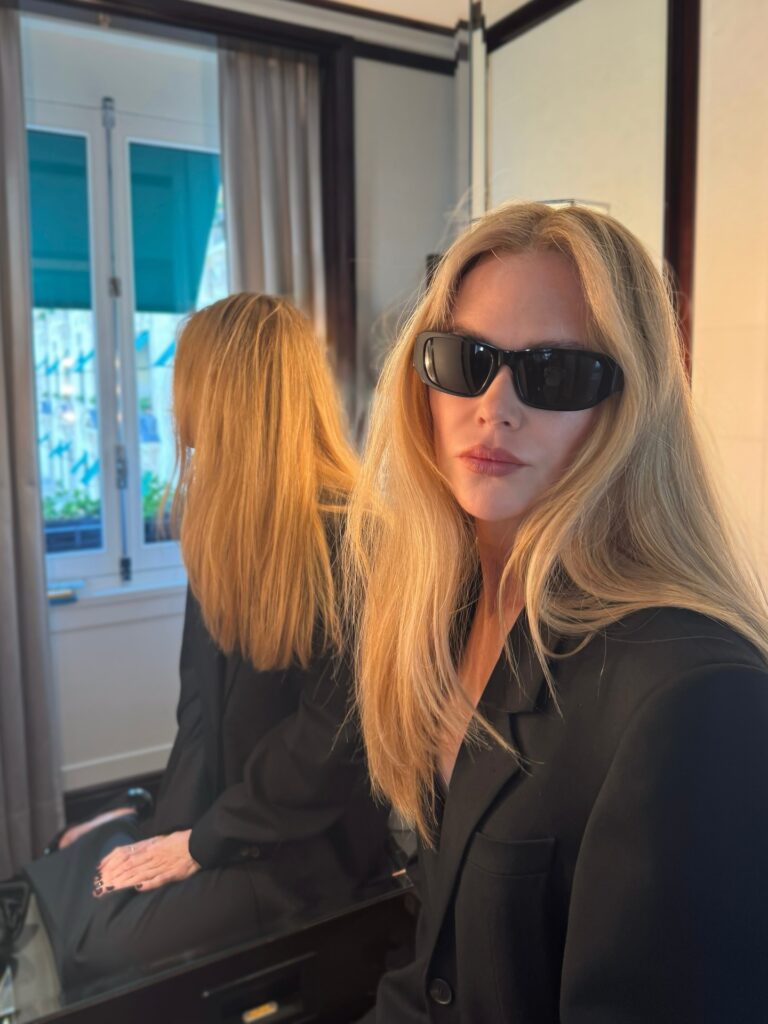
Also Read: Scarlett Johansson



